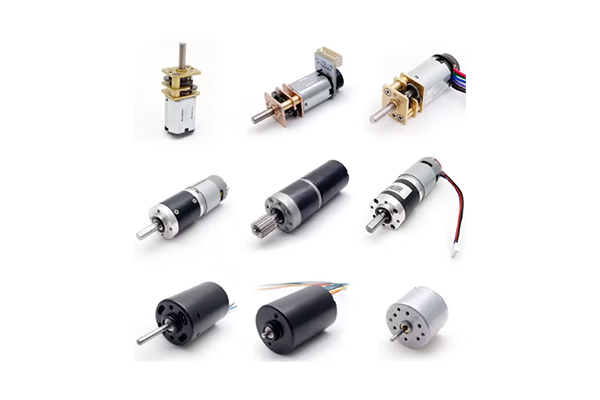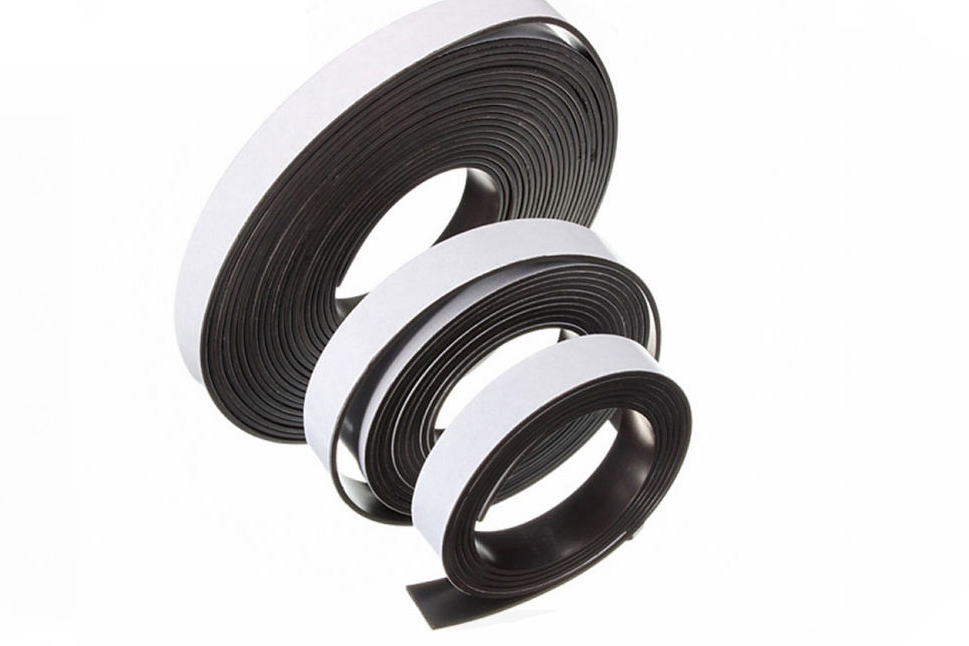Exploring the Versatility and Precision of Voice Coil Motors
Introduction
Voice Coil Motors (VCMs) have emerged as indispensable components in various high-precision applications, thanks to their unique ability to provide smooth, continuous motion. Leveraging the principles of electromagnetic force, these direct drive mechanisms excel in scenarios demanding rapid and precise positioning.
This article will discuss the different types of VCMs, their applications, and the advantages they offer across various industries.

Types of Voice Coil Motors
VCMs can be broadly categorized into linear and rotary types, each tailored for specific applications and operating characteristics.
1. Linear Voice Coil Motors
Linear VCMs produce motion along a single axis, making them ideal for applications requiring precise linear positioning. These motors are widely used in semiconductor manufacturing, medical devices, and precision engineering. For instance, in the semiconductor industry, linear VCMs are integral to wafer steppers and inspection equipment, where they enable nanometer-scale positioning accuracy.
Related reading: Everything You Need to Know About Voice Coil Motors
2. Rotary Voice Coil Motors
Rotary VCMs, on the other hand, generate rotational motion. These motors find applications in gimbals, rotary stages, and actuators. Industries such as aerospace and defense rely heavily on rotary VCMs for tasks requiring fine angular adjustments, such as in missile guidance systems and satellite positioning.
3. Moving Magnet VCMs
In moving magnet VCMs, the magnet moves while the coil remains stationary. This configuration reduces wiring complexity and improves thermal management, as the stationary coil can be more easily cooled. Moving magnet VCMs are prevalent in hard disk drives, where they rapidly and accurately position the read/write head. They are also used in optical image stabilization systems in cameras, ensuring sharp, blur-free images.
4. Moving Coil VCMs
Contrarily, moving coil VCMs feature a stationary magnet and a moving coil. These motors are favored in precision positioning systems where high dynamics and fine control are paramount. For example, autofocus mechanisms in cameras rely on moving coil VCMs to swiftly adjust the lens position for clear, focused images.
5. Axial and Radial VCMs
Axial VCMs produce motion along an axis aligned with the magnetic field, making them suitable for applications requiring long strokes and compact designs. They are commonly found in medical devices, laboratory automation, and precision instrumentation.
Radial VCMs generate motion perpendicular to the axis of the magnetic field. These motors are ideal for applications requiring high force and short stroke lengths, such as vibration testing equipment and dynamic response systems.
This table provides a concise overview of the different types of VCMs, highlighting their unique motion characteristics, typical applications, and key features. Stanford Magnets is renowned for its expertise in manufacturing and supplying high-quality permanent magnets and magnetic products. Neodymium (NdFeB), samarium cobalt (SmCo), alnico, ceramic magnets, and magnetic assemblies are available. We also provide tailored magnetic solutions to meet specific customer requirements. Send us an inquiry if you are interested.
Table 1 Types of Voice Coil Motors
|
VCM Type |
Motion Type |
Common Applications |
Key Characteristics |
|
Linear Voice Coil Motors |
Linear motion along a single axis |
Semiconductor manufacturing, medical devices, precision engineering |
Nanometer-scale positioning accuracy |
|
Rotary Voice Coil Motors |
Rotational motion |
Gimbals, rotary stages, actuators |
Fine angular adjustments |
|
Moving Magnet VCMs |
Magnet moves, coil stationary |
Hard disk drives, optical image stabilization in cameras |
Reduced wiring complexity, improved thermal management |
|
Moving Coil VCMs |
Coil moves, magnet stationary |
Autofocus mechanisms in cameras, precision positioning systems |
High dynamics, fine control |
|
Axial VCMs |
Motion along an axis aligned with the magnetic field |
Medical devices, laboratory automation, precision instrumentation |
Suitable for long strokes and compact designs |
|
Radial VCMs |
Motion perpendicular to the axis of the magnetic field |
Vibration testing equipment, dynamic response systems |
High force, short stroke lengths |
Applications of Voice Coil Motors
The versatility of VCMs makes them suitable for a wide range of applications across various industries. Here are some notable examples:
--Consumer Electronics
In consumer electronics, VCMs are pivotal in the functioning of autofocus systems in cameras and smartphones. The rapid and precise movement of the lens elements ensures high-quality images and videos. Additionally, VCMs are used in haptic feedback systems, providing tactile sensations in devices such as gaming controllers and touchscreens.
--Medical Devices
The medical field benefits greatly from the precision and reliability of VCMs. These motors are used in surgical robots, where they enable accurate, controlled movements of surgical instruments. In medical imaging equipment, VCMs help position components with high precision, enhancing image quality and diagnostic capabilities.
--Industrial Automation
VCMs play a crucial role in industrial automation, where they are used in robotic arms, precision stages, and actuators. Their ability to deliver smooth and precise motion improves the efficiency and accuracy of automated manufacturing processes. For instance, in pick-and-place machines, VCMs ensure the precise placement of electronic components on circuit boards.
--Aerospace and Defense
In the aerospace and defense sectors, VCMs are utilized in missile guidance systems, satellite positioning, and stabilization systems. Their high precision and rapid response capabilities are critical in these high-stakes applications, where accurate positioning can be a matter of life and death.
--Scientific Research
VCMs are also integral to various scientific research instruments. In microscopy, for example, VCMs enable the fine adjustments needed for focusing and stage positioning, allowing researchers to observe samples with high precision. In spectroscopy, VCMs control the movement of optical components, ensuring accurate measurements.
Advantages of Voice Coil Motors
Several key advantages make VCMs the preferred choice for high-precision applications:
- Simplicity: VCMs have a straightforward design with fewer moving parts compared to traditional motors, reducing the likelihood of mechanical failures and simplifying maintenance.
- High Precision: VCMs provide precise control over position and velocity, making them ideal for applications requiring fine adjustments.
- Smooth Motion: The direct drive mechanism of VCMs ensures smooth and continuous motion without the cogging or backlash associated with gear-driven systems.
- Rapid Response: VCMs can quickly accelerate and decelerate, providing fast response times essential for dynamic applications.
- Low Noise: The lack of mechanical contacts in VCMs results in quieter operation, which is beneficial in noise-sensitive environments.
Conclusion
Voice Coil Motors are versatile and precise components that play a crucial role in various high-precision applications across multiple industries. Their ability to deliver smooth, continuous motion with high precision and rapid response makes them indispensable in fields ranging from consumer electronics to aerospace. As technology advances, the demand for VCMs is likely to grow, driving further innovation and expanding their range of applications.















